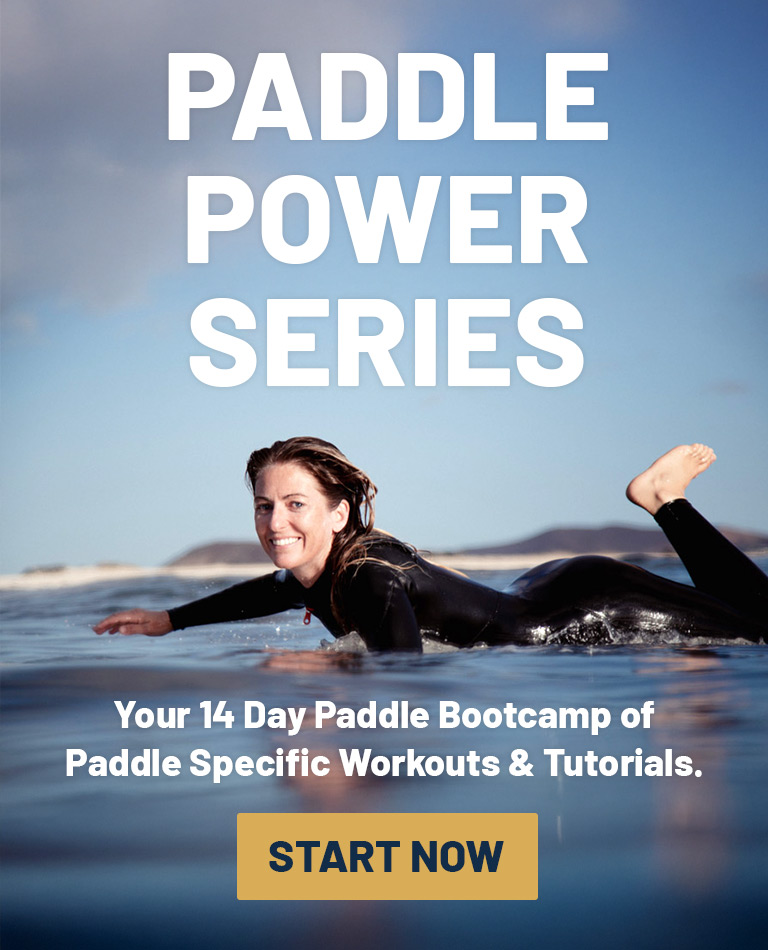Words and Images by Abbi Hughes

So its coming up for summer and loads of us are looking to purchase a new board for the warmer waters and endless sunshine, fingers crossed we will all be able to get into the sea most days. When your looking at designs and shapes of surfboards, it is important to understand the different components and the lingo attached.
Shapers from all over the world start with a foam blank or a piece of wood and shape it into a beautiful, streamline water craft, that we all enjoy riding in the ocean so much.
So here are the main components that make up your surfboard. Its important to know and understand the basics and differences between each one.
Length:
This is the measurement of a surfboard from nose (front of the board) to the tail (back of the board). Shorter boards are easy to control in the water, perfect for duck dives and great for fast manoeuvres. Longer boards are much easier to paddle, more stable to stand up on and great for cruising. The length of board that you need will depend on your weight, ability and style preferences.
Width:
This is the measurement across the board. The wider the board, the more surface area there will be and the easier it will be to stand up and catch waves. More width and thus stability is great for beginner riders or surfers heading into lightly smaller swells. Additionally, if a board has more width you can take a few inches off the length without it effecting your paddling or buoyancy too much.

Tail Shape:
This is the back of the surfboard and there are many different shapes to choose from that will effect the way your board glides through the water. A few examples would be square, pin, swallow etc.
Nose Shape:
This is the front of your surfboard and once again there are many different shapes that will effect the buoyancy, paddling, nose riding capabilities and your take off into waves. There are four main shapes that include; pointed, round, rounded point and nose riding nose.
Rails:
These are the outer edges of your board and they are extremely useful for turning and generating speed. The curvature of the rails differs between boards. Longboards have straighter lined rails compared to the more curvy of short or fish shapes.
Rocker:
This is the curvature of the board as a whole (side profile). More rocker will make dropping in easier and your turns tighter. On straight sections, large amounts of rocker and the extra curvature to the bottom of your board can slow you up.
Deck:
The deck is the top surface of the board. You can get different materials from fibreglass to softer tops, for beginners, and there are three different types and shapes that vary slightly in the design; dome, flat and step decks.

Stringer:
This is the structure/line that runs down the centre of the surfboard. The stringer is commonly made from wood (balsa, bamboo etc) and provides strength as well as some flexibility.
Fins:
Your fins are your steering wheel on the board. They help drive it and turn the board through water. Typical setups include, thruster, quad, single fin, twin fin and sometimes five fin.

So there we have it, some important design aspects and information about your surfboard. Super useful to know and understand when purchasing a new board or taking different boards out for tester sessions and understanding what aspects you like and don’t like and how it effects your performance in the water. Remember everyone is different and will have different preferences.
Keep an eye out for more extensive details looking into nose shapes, tail shapes and fin setups in the next few weeks on our website:
www.surfgirlmag.com




